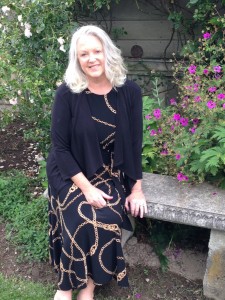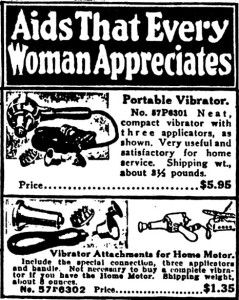 Relevant History welcomes Ashley Sweeney, a graduate of Wheaton College in Norton, Massachusetts. She spends her time equally between the Pacific Northwest and Desert Southwest. Her debut novel, Eliza Waite, is a winner of the 2017 Nancy Pearl Book Award and a finalist for four other literary awards. To learn more about her and her books, visit her web site, and follow her on Facebook and Twitter.
Relevant History welcomes Ashley Sweeney, a graduate of Wheaton College in Norton, Massachusetts. She spends her time equally between the Pacific Northwest and Desert Southwest. Her debut novel, Eliza Waite, is a winner of the 2017 Nancy Pearl Book Award and a finalist for four other literary awards. To learn more about her and her books, visit her web site, and follow her on Facebook and Twitter.
*****
Was that an electric light pole in the 1898 photo of Skagway, Alaska? No, it couldn’t be. But after digging through Skagway history, yes, in fact, Skagway was electrified before much of the continental U.S. I squealed with delight! This fact would make it possible for, well, you’ll see.
In my debut novel, Eliza Waite, Eliza’s unlikely friend, Skagway brothel owner Pearly Brown, exposes Eliza to the electromechanical vibrator during the heyday of the Klondike Gold Rush in 1898.
“There’s something I’ve been meaning to talk to you about,” Eliza says to Pearly. “I want you to show me how to use your vibration machine.”
Even 150 years ago, scientists and physicians were slow to recognize that women could experience sexual pleasure; it was commonly believed that women were “fulfilled” solely by coitus with a partner. When women lined up in droves for treatments for the symptoms of “female hysteria”—a term used in the 19th century for women who suffered from anxiety, irritability, or emotional outbursts—doctors were quick to remedy the ailment. Using their hands to massage female genitalia, doctors made a lucrative business bringing women to “paroxysm,” which they believed relieved pressure that had built up in a woman’s womb (we now know it was likely sexual frustration). Women, including Eliza, made weekly appointments with their doctors for “the cure.”
Cramped hands, sore wrists, and backaches led a British physician, J. Mortimer Granville, to patent a “percusser,” later known as the “electromechanical vibrator,” in the late 1880s. Because this new invention allowed physicians to bring women to fulfillment quickly and easily, doctors across Britain and America could now treat even more women in their burgeoning clienteles.
 With the advent of electricity in American homes over the next two decades, popular ladies magazines—and even the Sears & Roebuck catalogue—advertised “personal massagers” for home use. Now women could order electric irons, sewing machines, teakettles, toasters—and personal massagers—from the pages of mainstream media.
With the advent of electricity in American homes over the next two decades, popular ladies magazines—and even the Sears & Roebuck catalogue—advertised “personal massagers” for home use. Now women could order electric irons, sewing machines, teakettles, toasters—and personal massagers—from the pages of mainstream media.
Vibrators fell out of the public eye in the 1920s when pornographic films depicted vibrator use as scandalous. It was not until the 1970s that vibrators made a come back, thanks to the women’s rights movement. But it’s nearly impossible to find a vibrator without visiting an adult sex shop or ordering online. Surely it’s not taboo anymore? Or is it?
It’s my hope—especially in the light of the #MeToo movement—that many issues raised in the novel can be discussed openly and dealt with in the open arena instead of behind closed doors: domestic abuse, abandonment, grief, economic inequality, sexism, and sexuality.
Eliza—and Pearly—would be glad of it.
*****
 A big thanks to Ashley Sweeney! She’ll give away a trade paperback copy of Eliza Waite to someone who contributes a comment on my blog this week. I’ll choose the winner from among those who comment by Friday at 6 p.m. ET. Delivery is available in the U.S. and Canada only.
A big thanks to Ashley Sweeney! She’ll give away a trade paperback copy of Eliza Waite to someone who contributes a comment on my blog this week. I’ll choose the winner from among those who comment by Friday at 6 p.m. ET. Delivery is available in the U.S. and Canada only.
Did you like what you read? Learn about downloads, discounts, and special offers from Relevant History authors and Suzanne Adair. Subscribe to Suzanne’s free newsletter.
